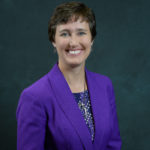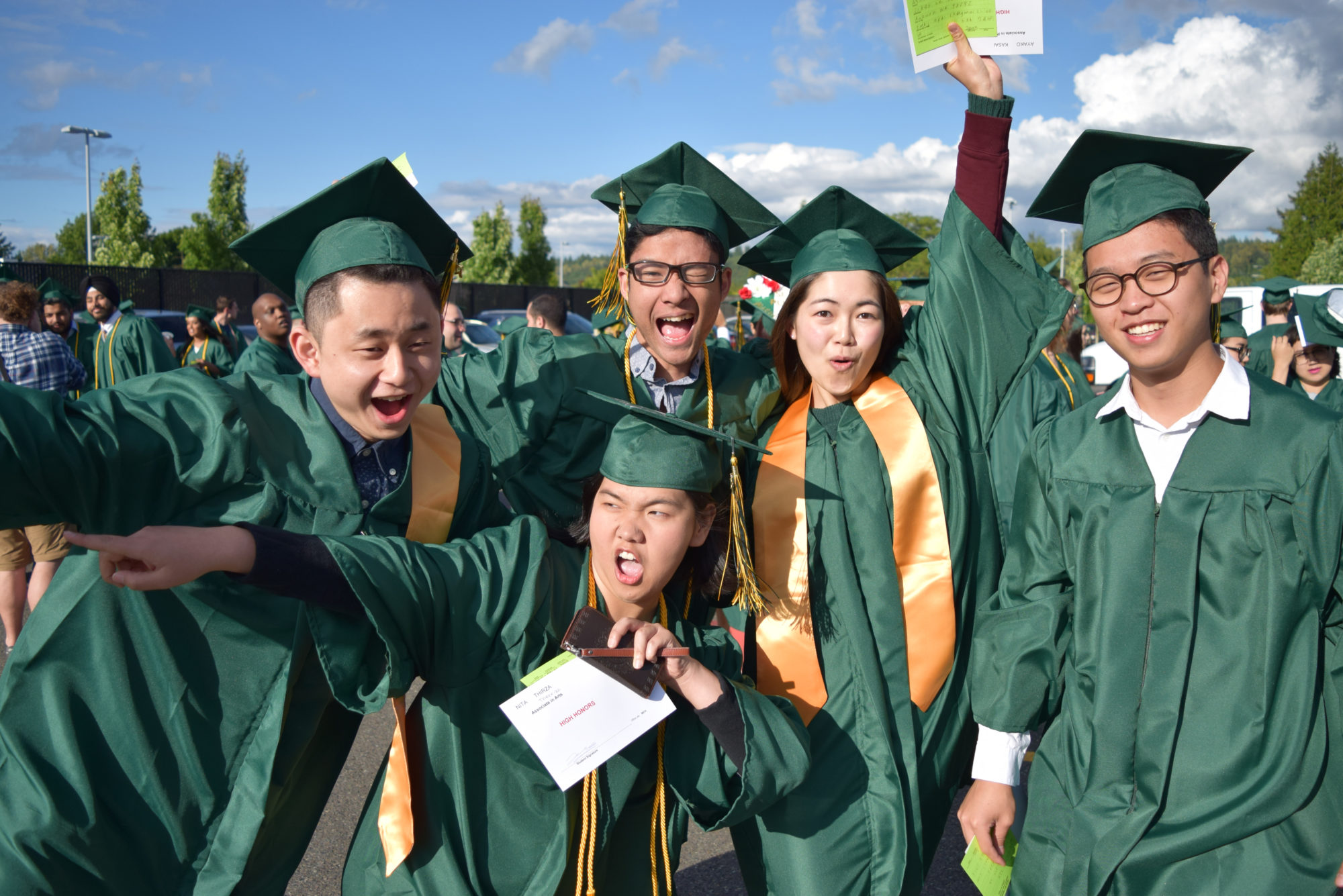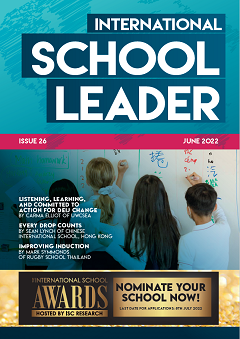By Wendy Stewart
Almost 100 universities from around the US, including UCLA, Berkeley, Columbia, Purdue, Northeastern and University of Washington, recently attended the 22nd semi-annual Seattle Area International Student Transfer Fair. Pre-COVID, over 1,000 international students met and talked in person with university representatives. Starting spring 2020, fair organisers innovated and shifted to a virtual format, allowing transfer students and representatives to continue to connect.
The International Transfer Fair is one of the best events of its type in the country, according to university representatives. Diana O’Donnell, Associate Director of Admissions at the School of General Studies at Columbia University, comments: “The transfer fairs hosted by the greater Seattle-area colleges have been a great opportunity over the years for us to meet talented students interested in transfer opportunities to Columbia. We always have great conversations and typically see several students from these colleges transfer each year.”
Community college overview
There are approximately 1,040 public and private community colleges in the US and nearly 40% of all undergraduate students study at these institutions. Community colleges enrol nearly 12 million students annually, including 79,000 international students in 2019–2020. Both local and international students are drawn by the low tuition, small classes and university transfer opportunities. International families can save thousands of dollars since community college out-of-state tuition averages only $8,622 per year.
Another advantage is the fact that community college transfer programmes give students a second chance if they are not qualified for direct admission to selective universities as a first-year student. At community college, international students can get a soft landing with an opportunity to adapt to the American classroom and culture, earn a high GPA in small classes, and get involved in activities and leadership. This all helps students improve their candidacy and be both better prepared and qualified to apply as a transfer student to top universities.
University transfer (2 + 2 programme)
The 2+2 university transfer programme allows students to earn a bachelor’s degree by taking years one and two at a community college, then transferring to a university to complete years three and four. The two-year Associate of Arts and Associate of Science correlate with a Bachelor of Arts and a Bachelor of Science at university.
Advice and support are essential. “We help students evaluate their priorities regarding transfer institutions in terms of majors offered, ranking, price, location and overall fit,” says Adam Beals, Director of International Enrollment Management at Green River College (GRC). “After creating a list of 4–5 schools, we provide the student with in-depth support mapping their GRC classes, writing and refining their personal statement essays, and submitting their transfer applications.”
Some colleges have transfer articulations agreements with state universities. Dr Michael Brennan, Director of International Education at Hillsborough Community College in Florida, explains: “Earning an Associate of Arts degree at Hillsborough Community College guarantees transfer to one of Florida’s 12 state universities. Looking beyond the Sunshine State? No problem. Our graduates transfer to Ivy League schools, leading liberal arts institutions, and top-ranked research universities located throughout the USA.”
Bachelor of Applied Science (BAS) degrees
Two decades ago, community colleges began to offer Bachelor of Applied Science (BAS) degrees, which vary depending on the business and industry in the community. They are designed to follow professional-technical two-year degrees. As at 2021, community colleges in 23 states are authorised to award BAS degrees, many including internships and job placements.
International students can also take advantage of optional practical training after each degree. For example, graduates of the GRC Software Development BAS programme are currently working for Microsoft, Amazon, Disney and other global companies. Students can also continue to graduate school after completing a BAS degree.
Dual-credit programmes and skills development
High-achieving secondary school students who have not completed high school can save time and money by enrolling in dual-credit programmes offered at some community colleges. For over 30 years, thousands of local and international students have enrolled in dual-credit programmes in Washington State where they can take college classes that count towards both their high school diploma and associate degree at the same time.
In addition, many community colleges offer pre-college or developmental, basic skills classes such as reading, writing and maths. Students can take these classes to boost their skills so that they can achieve the highest level of success in college-level classes. Many colleges also offer free tutoring in basic skills and other academic subjects.
Partnerships with international schools
Partnerships between community colleges and international schools take many forms. GRC, for example, has enrolled many individual students from international schools around the world, but also has experience with deeper partnerships with individual schools and with enrolling cohorts of students. For example, Xiwai international School (near Shanghai) and GRC formed a partnership about 10 years ago. The scope of activities between these institutions includes short-term group summer programmes, reciprocal faculty and staff visits, and quarterly reports on the progress of their students. To date, 64 Xiwai students are either currently studying at GRC or have transferred to top US universities such as University of Washington, UC San Diego, Boston University, University of Michigan, Rutgers, University of Illinois and University of Minnesota.
GRC has also hosted a number of summer programmes for students of international school partners, who are considering GRC the following year. As a result, “they know what our college and community are like, experience host family life, and talk to other students on campus whose backgrounds and goals are similar to theirs. If their experience is positive, which it usually is, they are happy to return as regular students a year later into an environment they know and like,” explains Ross Jennings, Senior Director of International Education.
A popular pathway
Community colleges are an excellent choice for international and US students who want a soft landing and a chance to transfer to a US university, and they are a popular pathway to a US bachelor’s degree.
Tips for international school college counsellors
- Enquire about the college’s support services for international students, like admission, airport pick-up, housing and advising.
- Ask about the college’s university transfer pathways and articulation agreements as well as what their university transfer record is for international students.
- As soon as students enrol, encourage them to utilise the career and advising centre to get help assessing skills and interests and selecting a best-fit college major. Early identification of a major, selection of destination universities and course mapping keeps students motivated and on track in pursuing their educational and career goals.
- If you are interested in establishing a cohort-based partnership, look for commitment to building a long-term, student-centered relationship.
- Personal relationships must be maintained on a regular basis, including having a designated liaison from each side to resolve issues that will arise.
Additional resources:
- American Associate of Community Colleges College Finder
- EducationUSA List of Community Colleges
- Institute for International Education (IIE) Open Doors report: Select ‘Associate’s Colleges’
- Community Colleges for International Development (CCID)

Wendy Stewart is Vice President of International Programs and Extended Learning at Green River College located near Seattle, Washington in the United States. Contact Wendy directly at [email protected]
Subscribe to International School Leader Magazine for more!

